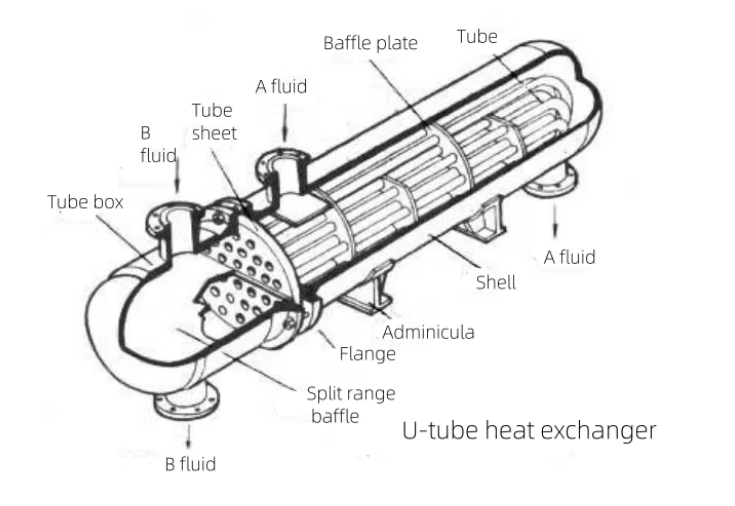Heat exchangers are essential components in various industrial and commercial applications, designed to transfer heat between two or more fluids without allowing them to mix. Among the most widely used types are shell tube heat exchangers and plate heat exchangers, each offering unique advantages depending on the specific requirements of the system. A 50 kW shell tube Heat Exchanger is particularly suited for high-temperature and high-pressure environments, making it a popular choice in power generation, chemical processing, and HVAC systems. These units are engineered to provide efficient thermal exchange while maintaining durability and reliability over long periods of operation.

The key features of a shell tube heat exchanger include a robust construction that can withstand harsh operating conditions, an efficient design that maximizes heat transfer, and a modular configuration that allows for easy maintenance and replacement of individual components. In contrast, plate heat exchangers utilize a series of metal plates to facilitate heat transfer between fluids, offering a compact and highly efficient solution for applications where space is limited. Both types of heat exchangers are available in a range of sizes and configurations to meet the diverse needs of different industries.
Core features:
Adaptation to extreme working conditions: resistant to high pressure (≤ 10MPa), high temperature (≤ 400 ° C), corrosive media (acid, alkali, seawater, etc.).
Ultra long lifespan: Using special materials and anti-corrosion technology, the design lifespan can reach over 20 years.
Modular maintenance: The tube bundle is designed to be replaceable, reducing downtime costs.
Efficient heat transfer: supports turbulence optimization design (such as spiral baffles).





